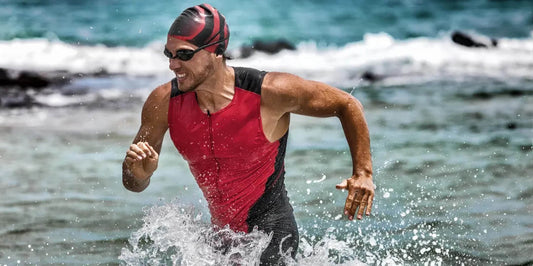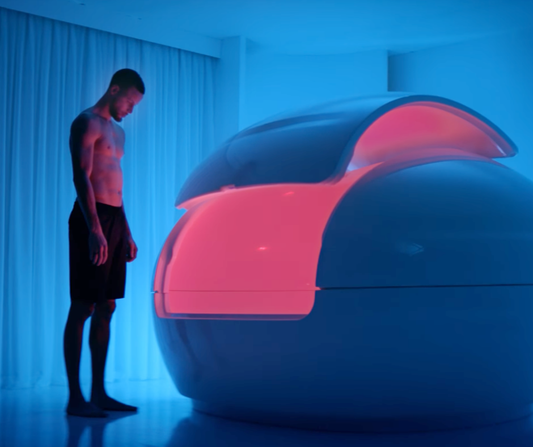We spend most of our days surrounded by artificial light. Indoors, under fluorescent bulbs, and constantly staring at screens. What we rarely get, though, is the kind of light our bodies were actually designed to thrive under.
That’s where red light therapy comes in.
What Is Red Light Therapy?
Red light therapy uses low-wavelength red light (typically around 600–660nm) to gently penetrate the skin and stimulate your cells. It’s non-invasive, painless, and deeply restorative.
This isn’t a new trend. It’s backed by decades of research showing how red light can help the body heal and restore itself on a cellular level.
How It Works
Think of red light as a gentle signal to your body that it’s time to recover. When the light reaches your cells, it helps stimulate something called mitochondria, the part of your cells responsible for producing energy. More energy = better repair.
In simpler terms: red light helps your body do what it already knows how to do, but better.
What Red Light Therapy Helps With
Many people turn to red light therapy for its physical and mental benefits. Some of the most common include:
• Reduced inflammation and joint pain
• Faster muscle recovery after workouts
• Healthier, brighter skin (reduced redness and improved tone)
• Improved sleep quality and energy levels
• Mood support, especially helpful if you’re feeling low, sluggish, or stuck indoors
At TERAPUNG, we recommend using red light therapy regularly if you spend a lot of time on screens, in air-conditioned spaces, or seated all day. It’s also a beautiful way to prep the body before a float!
A Quiet Pause in the Red Glow
The beauty of red light therapy isn’t just in what it does, but in how it feels.
You lie down. You slow your breath. You soak in the warmth. For 30 minutes, nothing is required of you except presence. The body takes care of the rest.
Ready to recharge from the inside out?
Try a session of red light therapy at TERAPUNG before a float!




